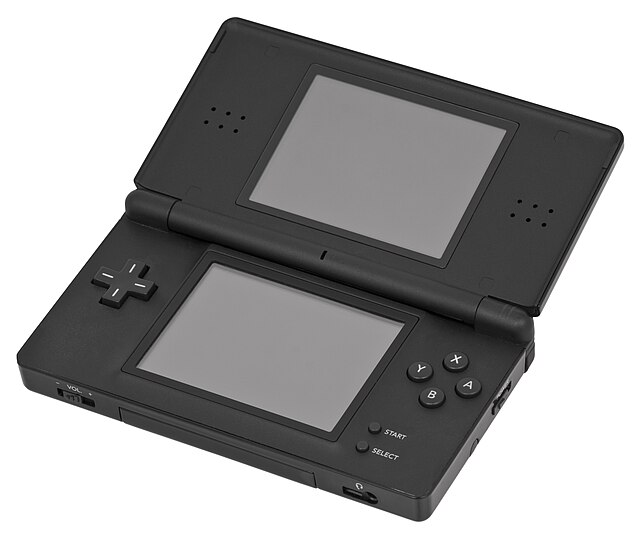Top Qs
Timeline
Chat
Perspective
List of best-selling game consoles
From Wikipedia, the free encyclopedia
Remove ads
The following table contains video game consoles that have sold at least 1 million units worldwide either through to consumers or inside retail channels. Each console includes sales from every iteration unless otherwise noted. The years correspond to when the first version of each console was released (excluding test markets).
Remove ads
Best-selling consoles
Summarize
Perspective



- Background shading and # indicates consoles currently on the market.
>Final sales are greater than the reported figure. See notes.
Remove ads
Notes
- Including Nintendo DS Lite, DSi and DSi XL units
- Including Nintendo Switch Lite and OLED units
- Microsoft announced in October 2015 that individual platform sales in their fiscal reports will no longer be disclosed. The company shifted focus to the amount of active users on Xbox Live as its "primary metric for [sic] success".[10] Monthly active Xbox Live users reached nearly 90 million by Q3 2020.[11] Xbox 360: Production ended in 2016; 84 million in total lifetime sales.[12] Xbox One: Microsoft CEO Satya Nadella unveiled at a December 3, 2014, shareholder presentation that 10 million units were sold.[13] Most third-party estimates put the total number of Xbox One units sold by the end of 2019 at "around 50 million".[14] Market data and analytics firm Ampere Analysis Insights estimated the Xbox One had sold 51 million units by Q2 2020.[15] Microsoft announced on July 17, 2020, that they would cease manufacturing the Xbox One S All-Digital Edition and Xbox One X, though production of the Xbox One S would continue.[16]
- Game Gear
Sega announced that it had shipped 10.62 million Game Gear units by March 31, 1996,[18] but the Game Gear continued to be produced until April 30, 1997.[29]
Sega Mark III/Master System
Sega announced that it had shipped 10 million Sega Mark III/Master Systems by March 31, 1994,[30] but the Master System continued to be produced until April 16, 1996.[31] - Bandai released three WonderSwan iterations.[41] A March 2003 Famitsu article reported the original (March 1999)[42] and color (December 2000)[42] versions sold approximately 3 million units combined,[43] while the SwanCrystal (July 2002)[41] sold over 200 thousand units.[43] Bandai announced the transition from hardware to third-party development in February 2003 due to declining sales and would supply software to Nintendo's Game Boy Advance by March 2004.[44] Average weekly Famitsu sales during the transition were only a couple hundred units,[1] and the SwanCrystal went build to order starting in autumn 2003.[43] WonderSwan hardware designer Koto claimed over 3.5 million were sold.[45]
- The Wall Street Journal reported in November 1992 approximately 1 million were sold.[66] Around June 1994, Atari shifted its focus from the Lynx to its Jaguar console.[67]
- This Philips-reported figure was in The New York Times on September 15, 1994.[68] The CD-i was discontinued in 1998.[69]
- Coleco launched Telstar in 1976 and sold a million. Production and delivery issues, and dedicated consoles being replaced by electronic handheld games dramatically reduced sales in 1977. Over a million Telstars were scrapped in 1978, and it cost Coleco $22.3 million that year[56]—almost bankrupting the company.[71]
Remove ads
References
Wikiwand - on
Seamless Wikipedia browsing. On steroids.
Remove ads